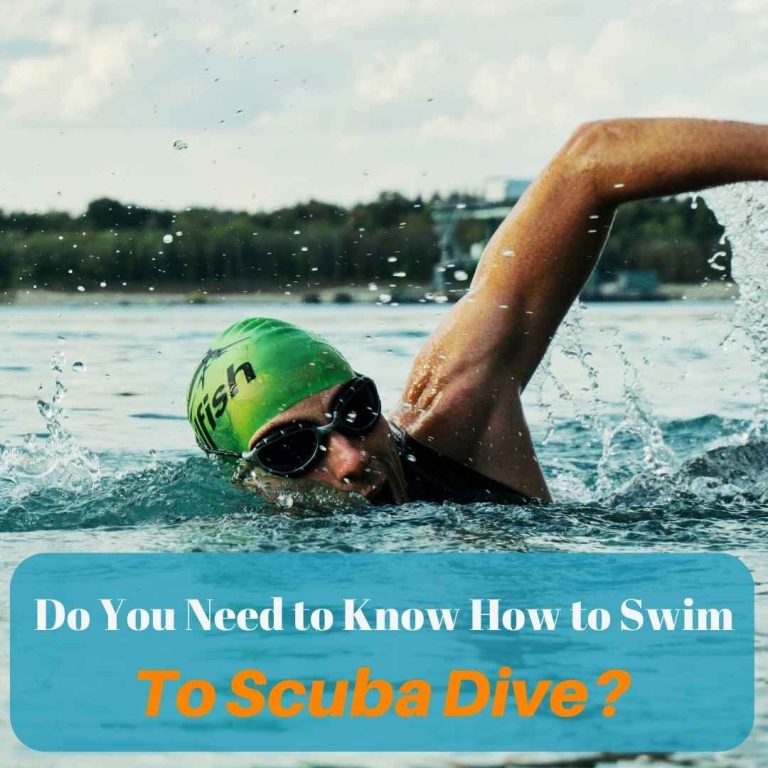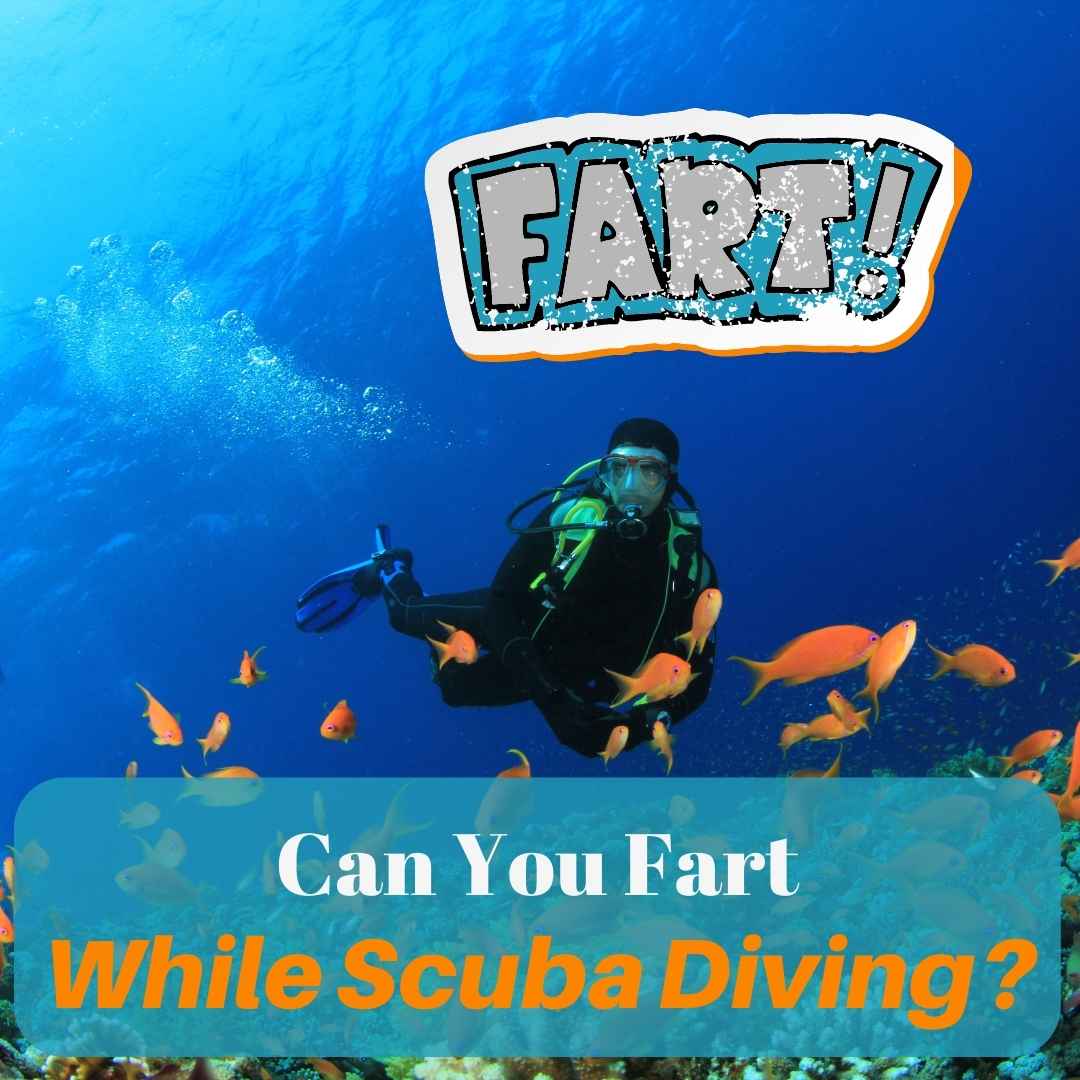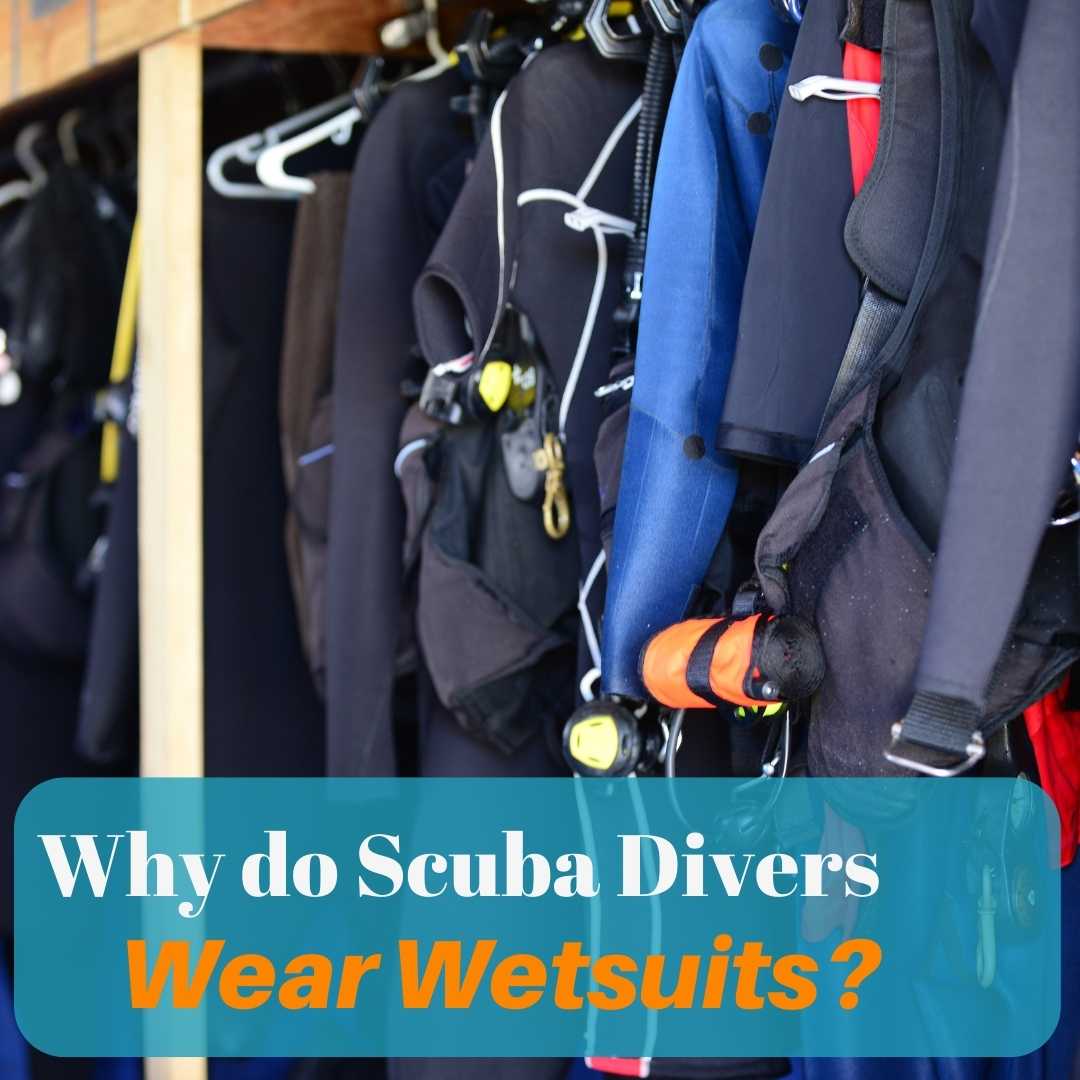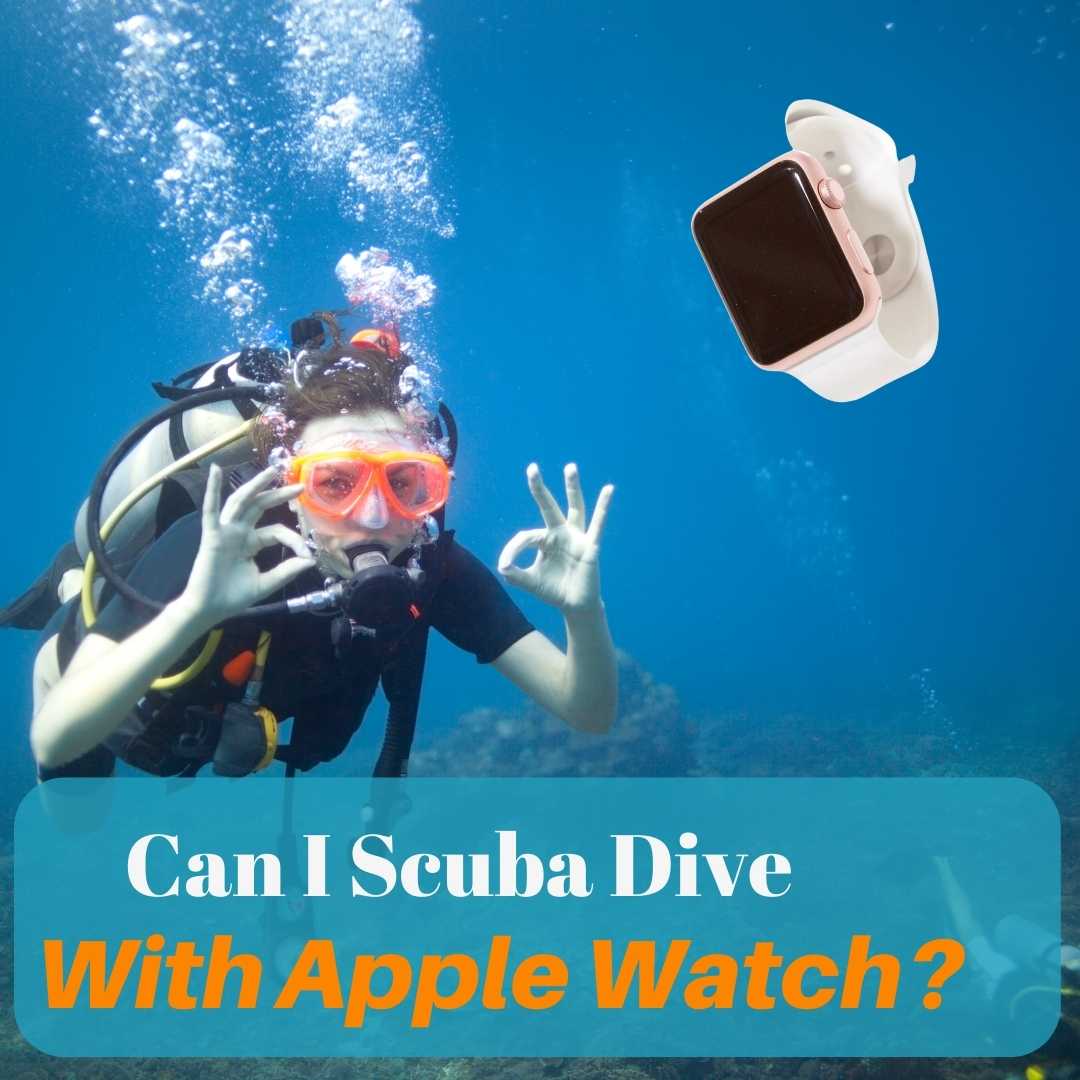Short answer? Yes!
The long answer is that an object’s ability to stay afloat is referred to as buoyancy. Buoyancy has three states. Positive, when something refuses to sink and floats on the surface, such as a wooden log. Negative, when something drops in the water and immediately sinks down to the bottom like lead. Lastly, neutral, when an object neither sinks to the bottom nor rises to the surface, but remains suspended in mid-water column like a submarine that is still.
As a diver, while your goal will be to remain neutral, you will soon realize that the other two states can not be avoided. You must learn how to swim on the surface, how to sink, and how to achieve negative buoyancy, whenever the situation requires it.
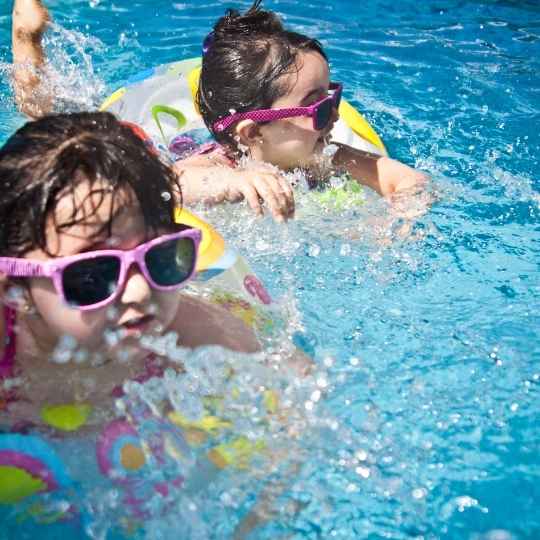
Table of Contents
Can I Scuba Dive if I Can Not Swim?
Theoretically yes, but realistically no.
Imagine that you geared up and rolled back into the ocean. You did a dive and then returned back to the boat. You may be required to unstrap your tank while still in the water and hand it over to the boat crew. After that, you will remove your mask, fins, and any other gear and hand those over too. Now, you are without any equipment bobbing on the surface waiting for your turn to be pulled into the boat.
Part of your training will be to get in and out of scuba gear on the surface and those are moments where not only are you required to be a swimmer but are required to be a task-loaded swimmer.
This is why scuba diving is an ability you develop on top of your ability to swim and not in place of it.
Can I Become Scuba Certified if I Can’t Swim?
No.
Agencies like SDI, SSI, and PADI require Open Water candidates to complete a swimming evaluation before any scuba-related skill can be taught. This evaluation is made up of a swim test which is 200 yards and must be done without a mask and snorkel or any swimming aid or 300 meters if a mask snorkel and fins are used. After that, there will be a timed survival float of ten minutes.
As your training progresses, you will be doing a lot of skill tests without scuba gear. You will be trained to remove your scuba unit on the surface and get back in it and then repeat that underwater.
It often happens that a student will unstrap their unit and get out of it on the surface and then struggle to strap themselves in it. This means that you will be treading water while working on something and in order for you to learn the skill, swimming without gear should be instinctive.
Related Articles:
Is It Harder to Scuba Dive if I Can’t Swim?
Yes, it is.
Diving is swimming that is happening underwater. You are still covering distances both on the surface and underwater. The only difference is that you are doing that with the ability to breathe and now you are loaded with gear.
An important thing to keep in mind is that in order to be a diver you have to have a very high comfort level in the water and a non-swimmer does not have that.
Most of the time, when non-swimmers are taken in water too deep for them to stand, they do not want to be there. It becomes impossible to learn and do something if your gut instinct is to get out.
When you factor in this psychology, it would be very hard for a person to dive when he does not know how to swim.
Also Read: How old do you have to be to scuba dive?
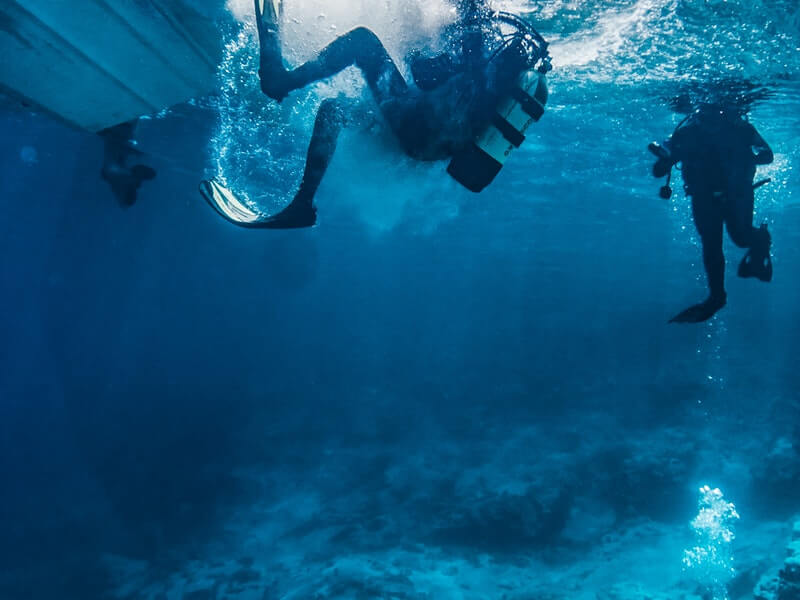
Scuba Diving Courses for Non-Swimmers
Let’s make things very clear now. There is no scuba diving “course” for non-swimmers. In order to begin your training, you will have to demonstrate proficiency in swimming. Most training agencies offer a one-day “Scuba Discovery” or “Try Scuba” program, in which people can experience what diving would be like if they got certified.
These sessions were meant to be highly supervised and were to happen in very shallow water. Their purpose was never to serve as diving courses for non-swimmers. Instead, their purpose was to allow potential dive students to experience diving in a safe and controlled environment to see if this would be something they would like to seek further training in.
Unlike proper certification courses which have swimming requirements clearly laid down, these Scuba Discovery courses did not have any explicit swimming requirements listed in their standards. Soon, in a lot of touristy places, these sessions were getting marketed to non-divers and there was no written standard that was being violated.
Also Read: Best Places to Scuba Dive for Beginners
Given the right conditions, it may be possible to take a non-swimmer and have them experience what it is like to breathe underwater, in a highly supervised setting. Make no mistake! This is a quick experience and not a course and training non-swimmers for diving was never the intent behind it. Where money is involved, original intent can be quickly forgotten.
Conclusion
Do you need to know how to walk in order to run? Or, are these two separate skills that can be learned independently of each other? If you make a toddler run, you will cause them to fall and then they will get up.
When it comes to diving, there is no getting up from that fall. You go down, you stay down.
Training agencies will make sure that not only are you a swimmer, but also someone who can do a 200-meter swim without stopping to breathe. A lot of people may frequently go to a pool, jump in and play around but if you were to ask them to swim 200 meters, they won’t be able to do it.
During your training and your diving, you will come across a lot of situations where the ability to swim will become essential so it is best to learn how to swim on the surface, before thinking of venturing deeper.

